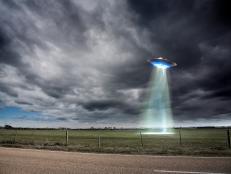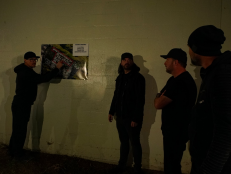Flash Flood Safety: 5 Must-Ask Questions
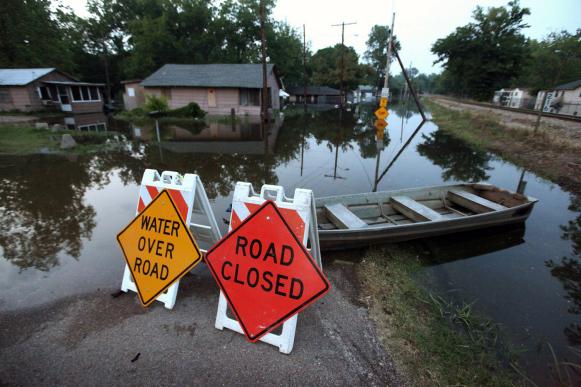
Getty Images
Every year, flash floods claim more lives in the United States than any other weather-related incident. The most common mistake is attempting to drive through a flooded area after a flood -- many drivers assume the waters are shallow enough to navigate. Travelers also encounter flash floods while camping or hiking in national parks and just about any other terrain with topography that includes hills, mountains, valleys, creeks and rivers.
Weather experts describe flash floods as “more water than you want in less time than you have.” Personal safety risks from flash floods can be minimized and avoided with smart planning. Here are 5 questions to ask in advance of a trip that will help travelers prepare for a flash flood.
1. Is an area flood-prone? Before setting up a campsite, pay attention to flash flood warning signs but don’t count on those signs to always be there. A deadly flash flood in June 2010 at Camp Albert Pike Recreation Area, a campground in Arkansas near the banks of the Little Missouri River, shows why due diligence is important. The area had experienced at least 10 river floods over the past 7 decades, yet no warning posters were present in the area. Don’t just rely on signs. Inquire with a campground office about an area’s flood history. When setting up a campsite, look for evidence of past floods, such as large logs littering a creek or riverbed and high-water marks on river banks and trees. Signs of past flooding in a canyon include water stains on canyon walls and debris hanging from bushes and low branches.
2. Does the weather report call for a flood watch? Check the weather forecast before a hike or a camp outing. If a flood watch is in effect, potential exists for heavy rains to create flash flooding within 6 to 24 hours. Postponing a trip a day or 2 could save a life. When hiking in the West, pay particular attention to weather reports from July to mid-September. That’s when severe thunderstorms are most likely to develop quickly. Finally, if visiting a flood-prone city, “on the ground” weather reports are available from the local convention and visitor’s bureau.
3. Does the area have cell phone or radio towers? Know the risks of camping in remote areas without access to a cell phone or radio. Roughly 75% of flash flood fatalities occur at night, when rapidly rising water is more difficult to detect. A weather radio that can broadcast weather alerts is essential. Such websites as CellReception offer details on cell phone coverage within national parks. Also call the campgrounds to ask if it is located close to a radio tower (the Albert Pike campground was not close to a tower).
4. When should you avoid driving in a flood? If you notice while driving during a storm that the middle line on the road is no longer visible, heed this advice from the National Weather Service. “Turn around, don’t drown.” Just six inches of water is enough to lift a vehicle off the ground. If you are caught in rising water, abandon the vehicle and seek higher ground. If you are trapped, wait until the car partially fills with water. Doors locked from water pressure should open once the water pressure is the same on both sides of the door. Also, press your feet against the windshield, which should then pop off. Finally, never drive around a “Road Closed” sign. It’s closed for a reason.
5. Have you formulated an evacuation plan? As a record-breaking flash flood in 2010 in Nashville, Tennessee proved, travelers don’t need to be in rural areas to encounter a flash flood. Before booking a hotel room, ask if the hotel has an evacuation plan (such as a makeshift shelter), as well as back-up generators. “Have a list of phone numbers and websites handy for the local convention and visitor’s bureau and office of emergency management,” says Butch Spyridon, president of the Nashville Convention and Visitors Bureau. “If you’re driving, be prepared to fill up your gas tank when you arrive at your destination -- don’t wait until you’re leaving town.”
Whether you’re set to embark on a hike, camp outing or long-distance drive, staying vigilant -- and recognizing the signs of a flash flood -- should keep you safe and dry.
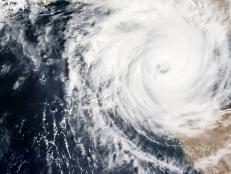
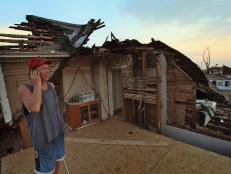




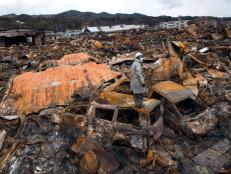


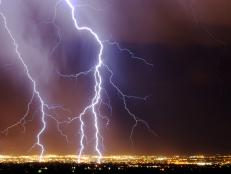








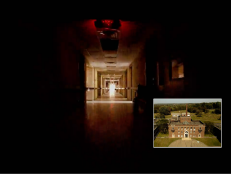

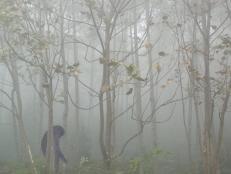
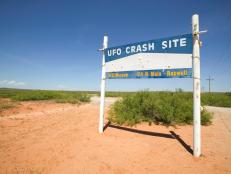





.jpg.rend.hgtvcom.231.174.suffix/1674758726773.jpeg)






